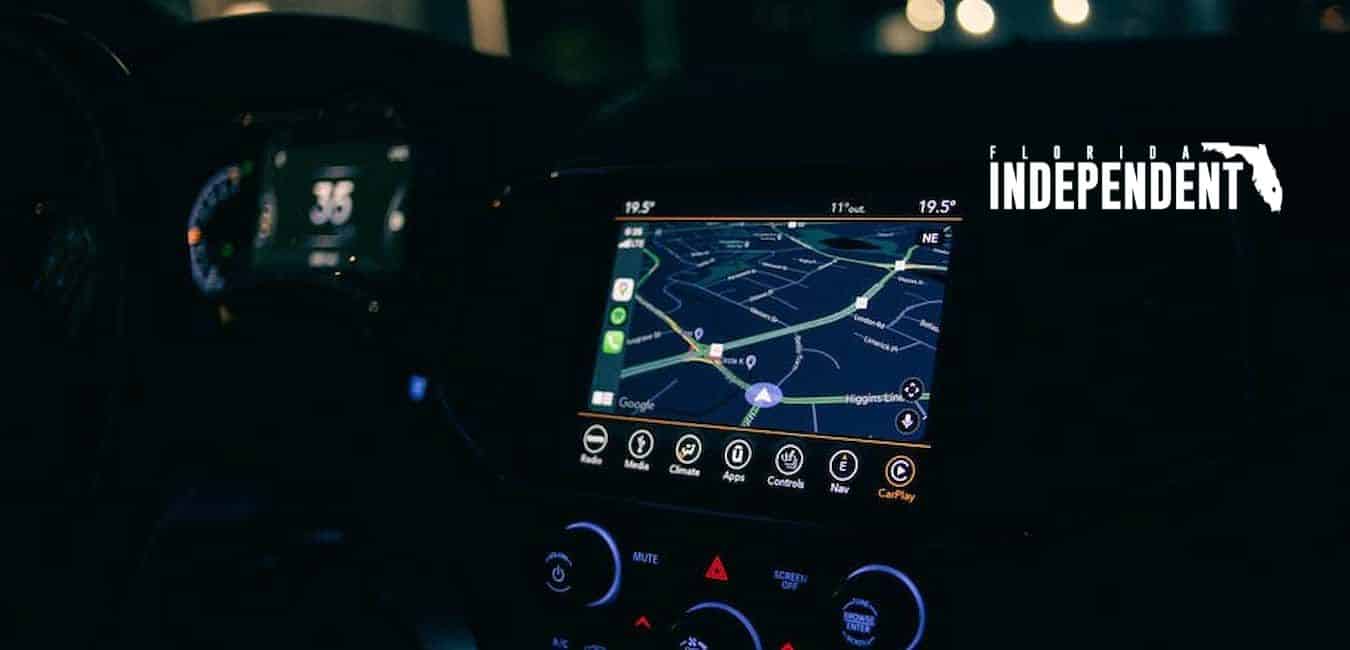If you like to travel, you will know how important it is to have a reliable GPS. Gone are those days when you need to carry with you several books of regional maps and study them to find your way.
There’s a reason why maps are no longer the go-to navigation device they once were. Namely, the advent of GPS systems can accurately pinpoint your location and navigate you to your destination.
But how does a GPS work? Should I rely 100% on GPS to secure my location? And where can I get one?
Keep reading for an exploration of what GPS technology is and how it works!
Table Of Contents
The Origins of GPS
GPS, or the Global Positioning System, is a system of satellites, computers, and receivers that determines the precise location of something on Earth. GPS was originally intended for military applications to provide global positioning and timing services. But in the 1980s, the U.S. government made the system available for civilian use.
How Does a GPS Work in Finding A Specific Location?
When you use GPS, you are communicating with at least four satellites orbiting more than 12,000 miles above the Earth. The satellites constantly send out signals that include precise data about their location and the current time.
Each satellite transmits a signal that contains information about the satellite’s location and the exact time you sent the signal. GPS receivers use this information to calculate their position by comparing the timing of the signals they receive from different satellites.
By triangulating the position of the satellites, the receiver can determine its location with great accuracy. GPS is widely used to navigate cars, trucks, boats, and aircraft and to track assets such as containers and vehicles.
GPS vs GNSS: The Difference
The Global Navigation Satellite System (GNSS) is a constellation of satellites that provide location and time information to GNSS receivers. GNSS is the successor to the U.S. Global Positioning System (GPS). It includes your standard American GPS, Russia’s GLONASS, China’s BeiDou, and Europe’s Galileo satellite systems into one navigation tool.
GNSS technology provides more accurate positioning information than GPS alone. GNSS receivers use the signals from these satellites to calculate their position in three-dimensional space. The satellite signals are transmitted in the L-band portion of the electromagnetic spectrum.
Suppose you want to get an accurate, real-time location tracker for you or your work. In that case, you can click here for GNSS simulator guides and specifications to get professional advice.
GPS in Everyday Life
Many people use GPS devices to track their fitness progress, get real-time traffic updates, and even find their way around unfamiliar places. While GPS technology is incredibly versatile and valuable, it is essential to remember that it is also subject to interference and can be inaccurate in certain conditions.
Get Accurate and Real-time Locations With GPS Technology
If you want to be able to use a GPS device or even your phone’s GPS, you need to understand how does a GPS work as a whole. They can help us get where we need to go, help us find our way home, and even help us find our way back to our car if we’ve parked in a strange place, and more.
They’re also great for tracking our fitness goals and keeping us safe while we’re out and about. If you don’t have a GPS device, be sure to get one before your next road trip!
For more articles like this, browse the rest of our website for all the latest tips and trends!



